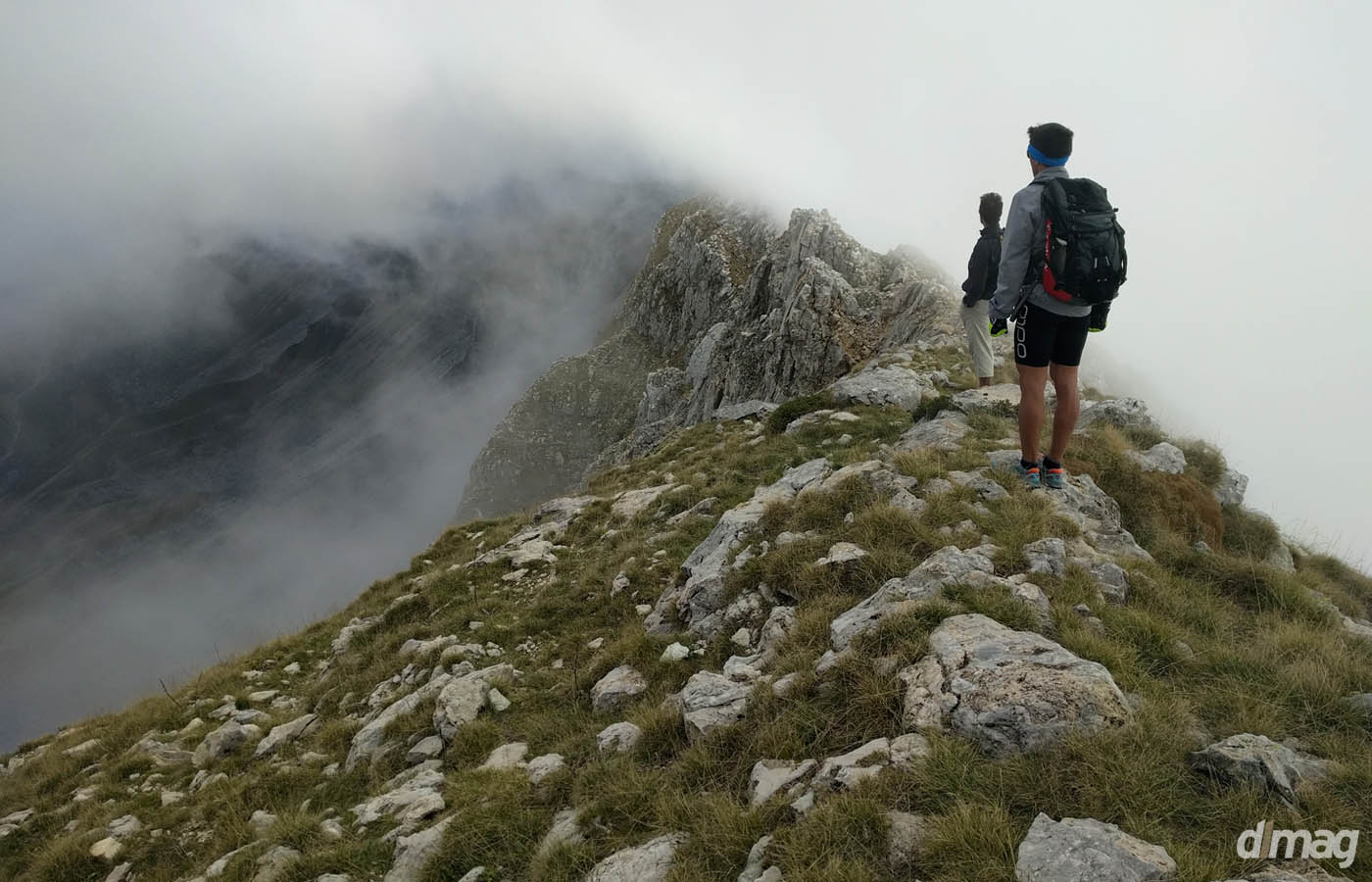Even the most seasoned hikers can get lost. Let’s be blunt about it, getting lost sounds terrifying. While it’s hopefully one of those things that never happens to you, it’s something you should be prepared for none-the-less – especially if you love spending time outdoors. If (and fingers crossed this never happens) you ever do wander astray, chances are that you’ll enter into a panic mode. Not all of us our Navy Seals with special ops training (although I wish). With more people getting outside, having some basic wilderness skills is a must. Here is a basic step-by-step guide on how to use a compass should you become lost.
Stop walking
This is one of the biggest mistakes that people make when they are lost out in the woods. They continue walking and only to get themselves into deeper into trouble down the wrong path. It’s important to stop walking, calm your heartrate, and gather your wits about you. You need to think and act rationally in the moment.
Turn off your phone
There are many compass apps to choose from these days, but unless your smartphone has reception, the app isn’t going to help whatsoever. Think about whether or not you took any photos along the way that can help you retrace your steps, otherwise the best thing to do is to turn off the phone in order to conserve battery life. You can turn it back on later to see if you’ve entered an area with reception.
Retrace your steps if possible
At a standstill, take a few minutes to think about how you got to where you are: are there landmarks you remember or recognize like trees, hills, trail markers? It’s always a good idea to keep a piece of paper and pencil on your person. Make notes if possible.
Orient yourself with a compass
So this goes without saying that you need to have one in the first place. It’s always a good idea to have an analog compass on you when hiking in addition to your phone. A compass will help you orient which way is north, south, east and west.
Figure out distance
You should also hike with a trail map of some sort. Use it to figure out how far you’ve come down a trail. You may have veered off the main path, so try to understand the general area you might be. Review a map’s legend which may show you monuments or waypoints that you can use for reference: streams, trees, elevation, or mountains.
Go over your actionable options
At this point, consider all of your options which include staying put right where you are or finding a sleeping spot for the evening. Staying put might make it easier for Search and Rescue to find you. If you really think you know where you are, then perhaps it’s best to attempt a hike out or rather to spend time making a rescue signal. If you do proceed with to move, stay on a marked pathway or trail if at all possible. Remember to stop, take rests and drink water. But, once again, if you lack confidence in a self-rescue or if you are injured or exhausted then don’t move from the spot.



